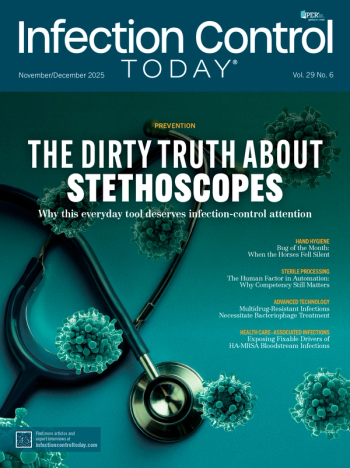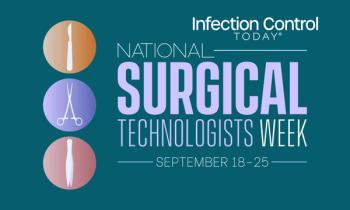
Governments Consider Funding Development of Breakthrough Antibiotics
There’s not much profit to be had in manufacturing drugs for rare infections, and governments want to change that.
The US Centers for Disease Control and Prevention (CDC) last month added 2 pathogens to its “urgent” list: Candida auris andcarbapenem-resistantAcinetobacter. They joined Clostridiodesdifficile, carbapenem-resistantEnterobacteriaceae, and drug-resistant Neisseria gonorrhoeae-5 altogether.The other 2 categories are “concerning” and “serious.”
The move garnered headlines and the follow-up stories continue. For instance, today’s
The Inquirer focuses on a spunky little pharma company in the Philadelphia suburbs called Venatorx Pharmaceuticals, which hopes to buck the trend. What trend? The trend of companies that pursue this drug manufacturing goal often winding up in financial dire straits. “The common denominator for all: lackluster sales, despite a new CDCestimate that more than 2.8 million drug-resistant infections occur each year,” the newspaper reports.
There’s not much profit to be had in manufacturing drugs for rare infections. Also, the focus on all antibiotics is to use them as sparingly as possible for as little time as possible. That not-so-great business model has forced policy makers to rethink how antibiotics are paid for.
“Under the current new technology add-on payment calculation, Medicare pays a marginal cost factor of 50%of the estimated costs of the case in excess of the full DRG payment, up to a maximum of 50%of the costs of the technology,” CMS states. “CMS believes that setting the maximum add-on payment percentage at 50%may not result in an appropriate add-on payment. To address this issue, CMS is finalizing an increase to the add-on payment, beginning in FY 2020, from 50%to 65%, and additionally is increasing the add-on payment to 75%for certain antimicrobials.”
The Inquirer:“While a standard course of the new drugs costs less than $15,000-a pittance compared to many treatments for cancer-hospitals cannot bill Medicare for that cost. Instead, they must cover it as part of the lump-sum ‘bundled’payment for a hospital stay, so many medical centers tend to use older, cheaper antibiotics as a first option.”
Innovative approaches to the problem are not just being tried in the United States. A
Venatorx has begun a phase-3 trial of its product, taniborbactam, for patients with complex urinary tract infections. “Technically, it is not an antibiotic, but a companion drug administered with an older antibiotic to which certain bacteria have become resistant,” the Inquirerreports.
Venatorx’s CEO Christopher J. Burnssays that what’s fueling these experiments is that“There is no question that the sense of crisis is building.”
Newsletter
Stay prepared and protected with Infection Control Today's newsletter, delivering essential updates, best practices, and expert insights for infection preventionists.






